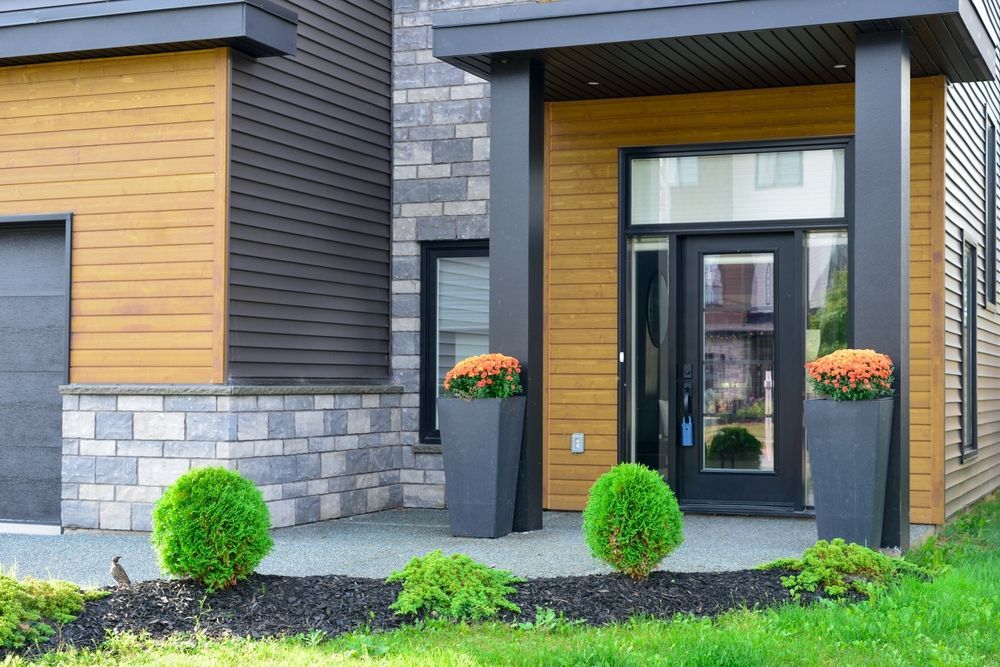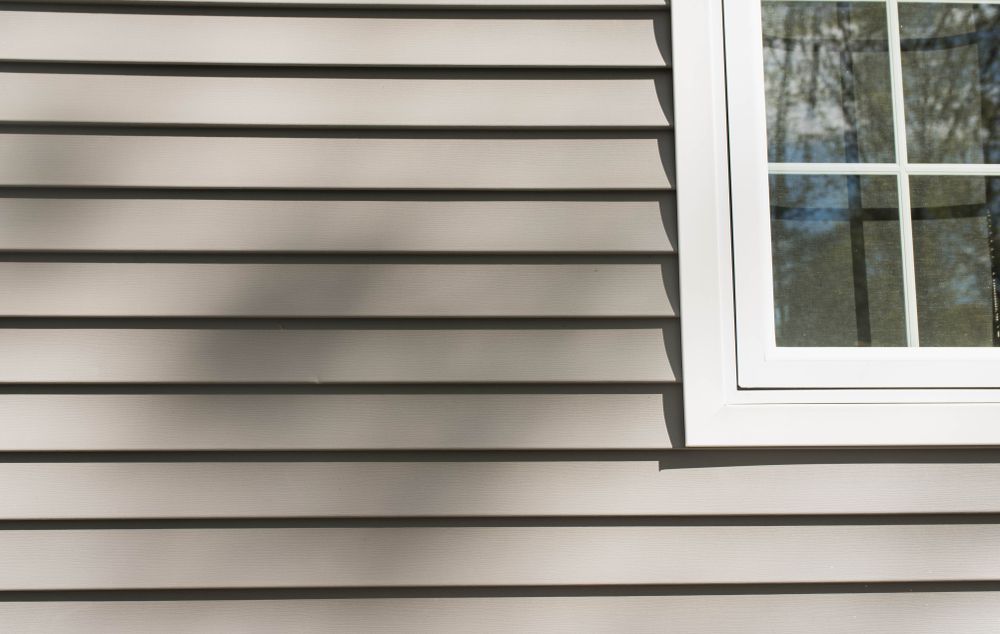Ultimate Guide to Roof Underlayment: Types & Protection
April 9, 2025
Share this article:
Written by: FTC Oury Group
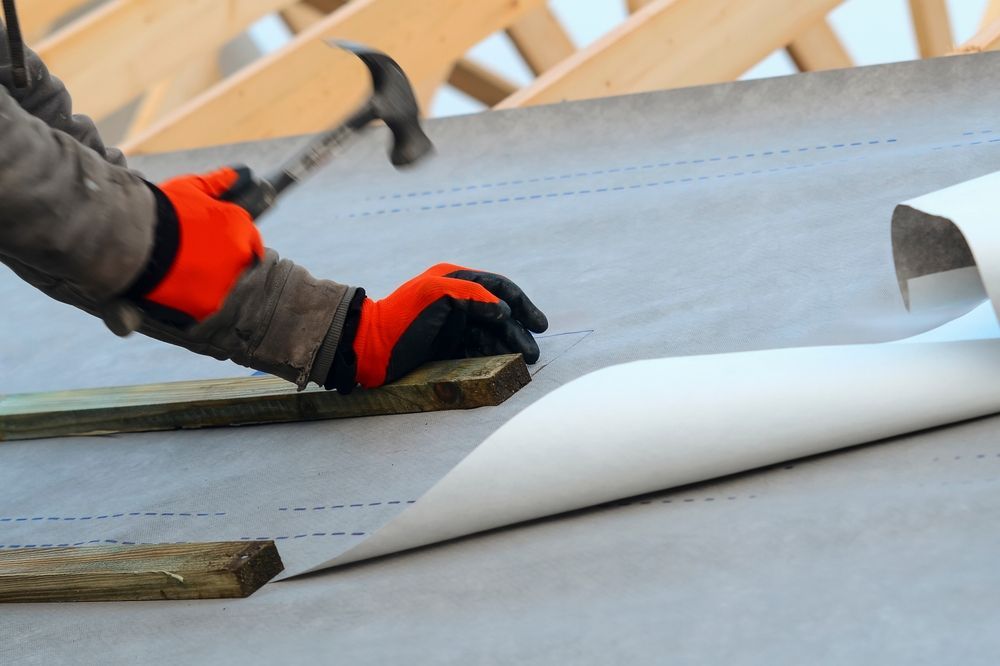
Roof underlayment is a material secured to the sheathing on your roof to protect your roof from water intrusion. If shingles are the first line of defense against water, the underlayment is second.
Roof underlayment comes in many types for use in different climates and with different roof types. If you're a homeowner getting a new roof installed on your house, knowing what the underlayment is, what it's made from, and how it helps your roof can help you understand the roofing process.
What is Roof Underlayment?
Roof underlayment is a protective barrier that prevents moisture intrusion. Roof underlayment offers essential protection from rain, snow, and ice. Virtually all roof types have underlayment material.
Types of Roof Underlayment
There are several types of roof underlayment. When you hire a skilled roofer to replace the roofing material on your home, they will choose a roof underlayment that can protect your home from the elements.
Asphalt-Saturated Felt
Asphalt-saturated felt, also known as "tar paper," is the roof underlayment most commonly used in residential roofing. It has been used for decades because of its relatively low cost and the long-lasting protection it provides.
Asphalt-saturated felt comes in two thicknesses: 15-pound and 30-pound. 15-pound asphalt-saturated felt is relatively lightweight and can tear or wrinkle easily under the right circumstances. 30-pound asphalt is resistant to damage during installation.
Pros & Cons
- Pro: Asphalt-saturated felt is water-resistant.
- Con: Light-weight asphalt-saturated felt is not very durable
Rubberized Asphalt
Rubberized asphalt has an adhesive back. When the protective membrane is peeled off the rubberized asphalt, the underlayment sticks to the roof sheathing and provides excellent protection.
Because it's rubberized, this underlayment is self-sealing around nails and fasteners. Some rubberized asphalt underlayments are designed to protect up to 250 degrees Fahrenheit, which is excellent for installation in hot climates and under metal roofs.
Pros & Cons
- Pro: Rubberized asphalt is highly durable and effective in areas prone to heavy rain and ice.
- Con: This type of underlayment is difficult to install.
Felt Paper (Non-Asphalt)
Non-asphalt felt paper is a lightweight alternative to non-asphalt paper. This type of felt paper is made from organic or synthetic fibers. While felt paper does work under certain conditions, its applications are limited because it is not as durable. Felt is prone to tearing, wrinkling, and damage during installation. If there are wrinkles, the shingles may not lay flat.
Pros & Cons
- Pro: This lightweight felt paper provides adequate protection against water infiltration for a lower cost than other types of underlayment.
- Con: This underlayment is not as durable as many other underlayment options.
Synthetic Underlayment
Synthetic underlayment is made from polymers that provide excellent durability and strength. This underlayment option is durable and resistant to tears, wrinkles, and more. It's also lighter than some other types of underlayment and provides more coverage per roll.
This makes installation slightly easier because roofers make fewer trips up the ladder with this underlayment. This type of underlayment is also resistant to mold, resistant to heat, and high-performing on steep slope roofs.
Pros & Cons
- Pro: Synthetic underlayment is durable and tear-resistant.
- Con: While these underlayments are priced well, these underlayments are generally more expensive.
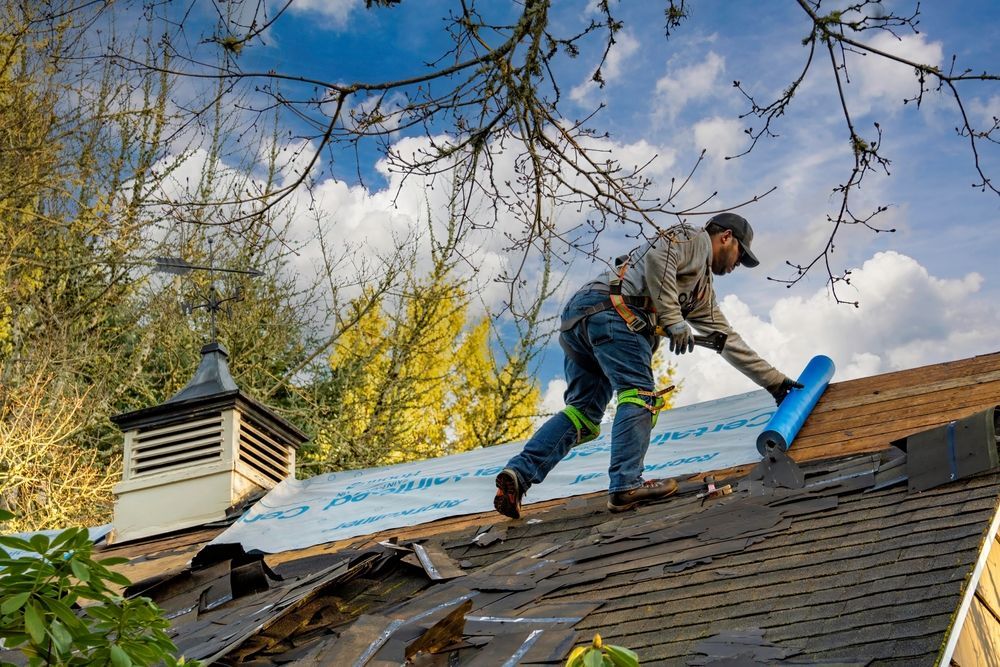
Micro-Porous Underlayment
Micro-porous underlayment is used in climates with high humidity because it allows moisture vapor to escape while preventing water infiltration.
Pros & Cons
- Pro: Micro-porous underlayment is breathable, durable, and effective at preventing water damage.
- Con: This type of underlayment can be more expensive than other types of underlayment.
Wool Underlayment
Wool underlayment is made from natural wool. This makes it eco-friendly and means that it offers excellent insulation. This is an attractive underlayment option for homeowners who prioritize sustainability and eco-friendly materials.
Pros & Cons
- Pro: Wool is naturally breathable, which reduces the risk of moisture buildup in the house.
- Con: Wool underlayment is not as widely available as synthetic options and can be more costly.
Why is Roof Underlayment Needed?
Roof underlayment is an additional layer of protection that prevents water from damaging your home's structure. Underlayment is a standard part of roof structures.
Factors to Consider When Choosing Roof Underlayment
Your roofing contractor will help you find an underlayment that will work with your roof. There are many variables to consider when choosing a roof underlayment.
Pairing with Roof Material
Some roof underlayments function better with some roofing materials than others. Your roofing contractor will know which roof underlayments can be paired with which roofing materials.
Building Regulations
Building codes dictate how homes are built to ensure they can safely withstand the conditions in the area. If you're choosing your roof underlayment material, learn the building code requirements for your area before deciding.
Brand reputation
Some brands are known for excellence in the roofing industry. Choose an underlayment material from a brand you can trust.
Warranty
Choose an underlayment material with a good warranty. A good product should be backed by a good warranty. If the warranty is weak, this indicates the manufacturer does not have confidence in its product.
Looking for Premier Roofing Contractors in the Chicagoland Area?
Do you need a new roof? The professional roofing contractors at FTC Oury Group provide high-quality roofing services to homeowners in the Chicago area.
To learn more about how you can get a new roof on your home, request a quote. During your in-person consultation, we'll discuss roof warranties and how to know when your roof is nearing the end of its service life. Call today.
Connect with Us:

